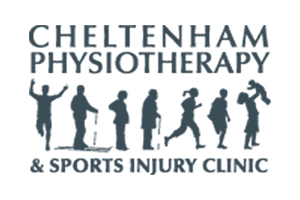The information outlined below on common conditions and treatments of the hand is provided as a guide only and it is not intended to be comprehensive. Discussion with a member of our surgical team is important to answer any questions that you may have.
For information about any additional conditions not featured within the site, please contact us for more information.
AC Joint pain not be well localised to the AC joint. Pain is worse when lifting the arm overhead. There is often a tender bony lump over the top of the shoulder where the AC joint lies if it is arthritic.
Read More About the Diagnosis and Treatment of AC Joint Arthrosis here.
Typically, the shoulder dislocates forwardly due to an injury. The shoulder will often need to be put back into the joint under an anaesthetic at a hospital emergency department. After the dislocation, a sling is usually recommended for the first few days until the pain settles. Physiotherapy helps with the recovery, however, physiotherapy treatment doesn’t make a significant difference to the likelihood of dislocation reoccurrence.
Read More About the Diagnosis and Treatment of Anterior Instability here.
It seems that the presence of calcium in the rotator cuff tendons is relatively common. Some studies have suggested that between 2 to 20% of people may have calcium present in their rotator cuff tendons without symptoms. The shoulder becomes symptomatic when an inflammatory reaction occurs in relation to the calcium within the rotator cuff tendon. It is the inflammatory reaction rather than the presence of the calcium that causes the symptoms.
Read More About the Diagnosis and Treatment of Calcific Tendonitis here.
Read More About the Diagnosis and Treatment of Frozen Shoulder here.
Read More About the Diagnosis and Treatment of Rotator Cuff Tear here.
There are different types of arthritis that affect the shoulder. Osteoarthritis is the most common form of shoulder arthritis, however in some patients, rheumatoid arthritis or other inflammatory arthritis may be the cause of symptoms.
Read More About the Diagnosis and Treatment of Shoulder Arthritis here.
In patients with impingement, pain occurs as the arm is lifted up away from the side of the body. It typically occurs at approximately 90 degrees abduction and commonly occurs as a painful catch.
Read More About the Diagnosis and Treatment of Shoulder Impingement here.
Multidirectional instability is usually seen in people who are naturally very flexible. These people have what orthopaedic surgeons call ligamentous laxity, a condition in which the collagen is more stretchy than normal. The shoulder may dislocate out the back or the front and has often done so since the first dislocation.
Symptoms of tendonitis in the shoulder include aching pain down the outer aspect of the arm. Using the arm away from the body can be particularly uncomfortable and can cause deep aching pain. Symptoms of impingement are often prevalent, where the shoulder catches as the arm is lifted away from the body and there is a degree of bursitis in the shoulder.
Read More About the Diagnosis and Treatment of Shoulder Tendonitis here.
Bursas can become inflamed and this is called bursitis. There are many bursas around all of the joints and some of the bursas are particularly problematic. One of these includes the bursa that lies underneath the acromion, called the subacromial bursa. This is the bursa that causes many of the problems in the shoulder.
Read More About the Diagnosis and Treatment of Subacromial Bursitis here.
Discussion with a member of our surgical team is important to answer any questions that you may have. For information about any additional conditions not featured within the site, please contact us for more information.






